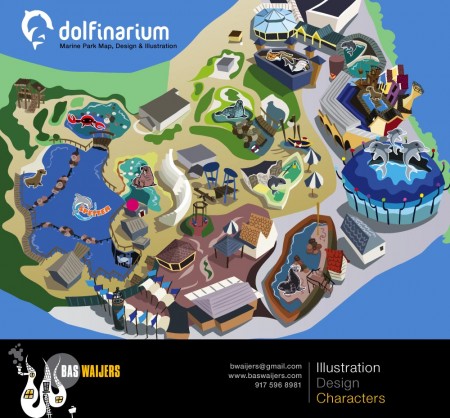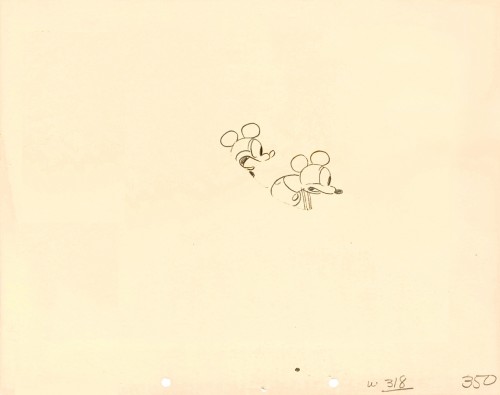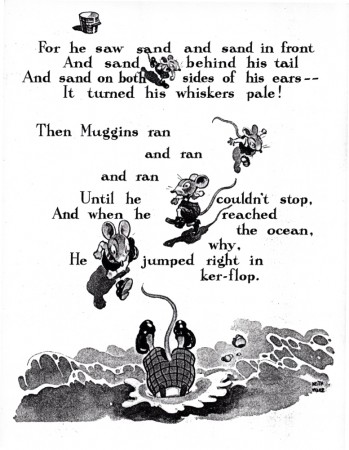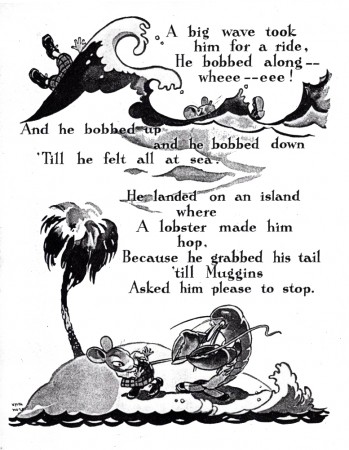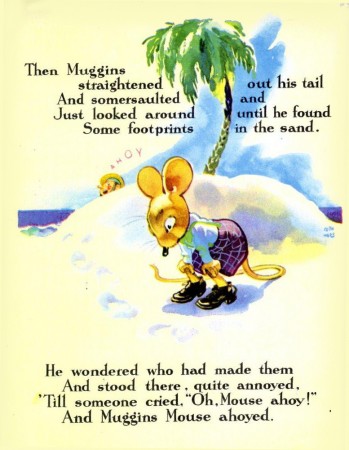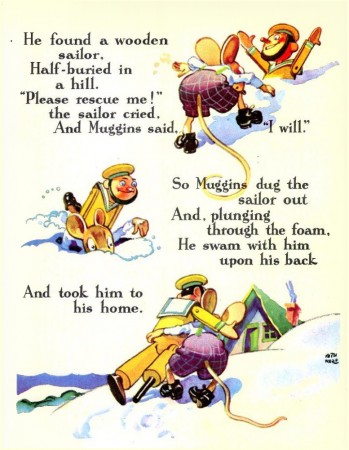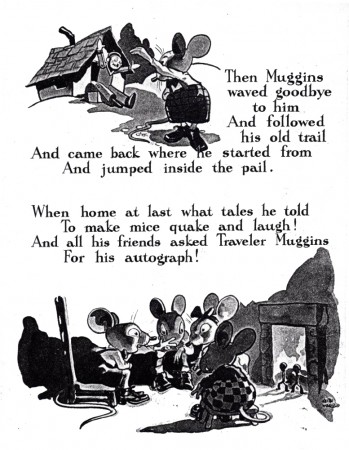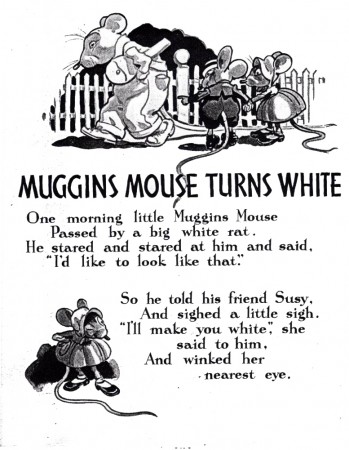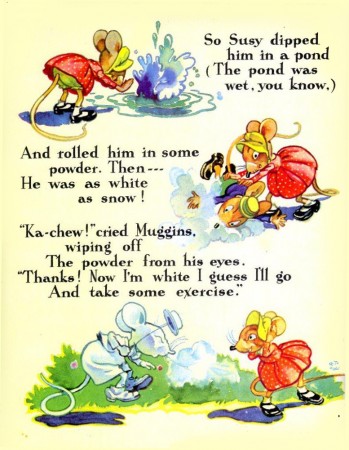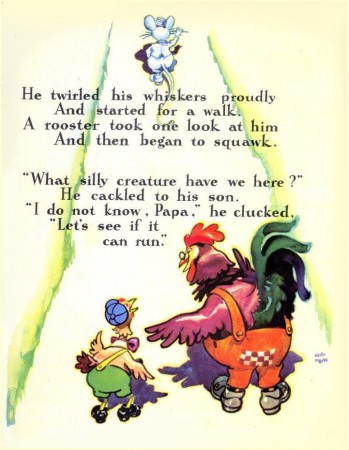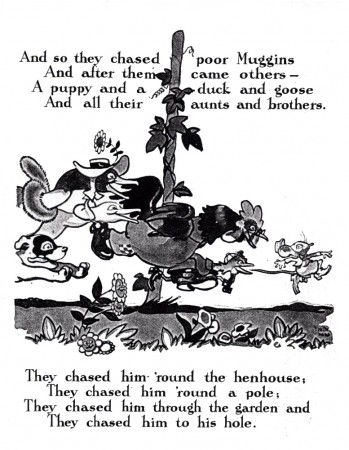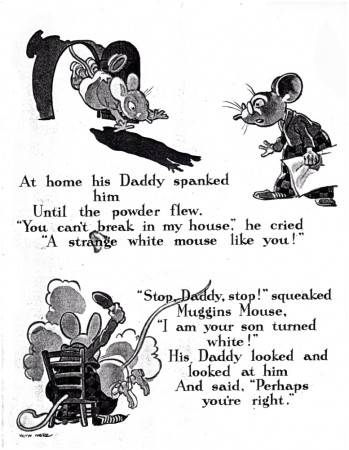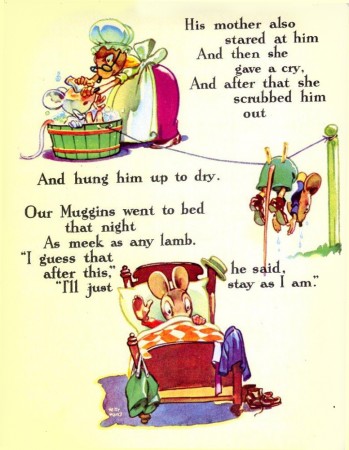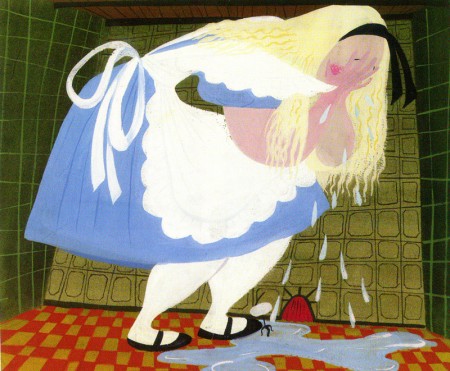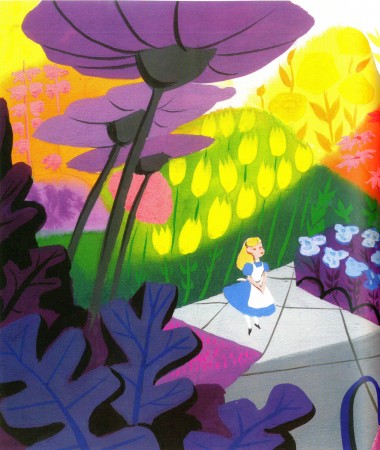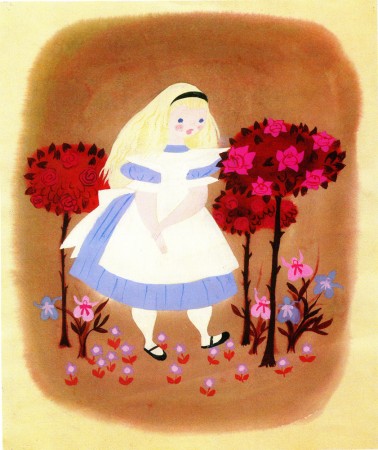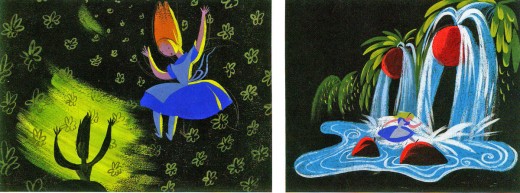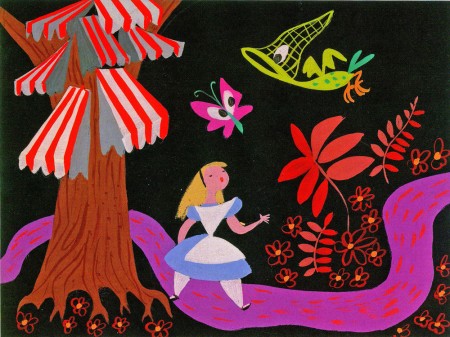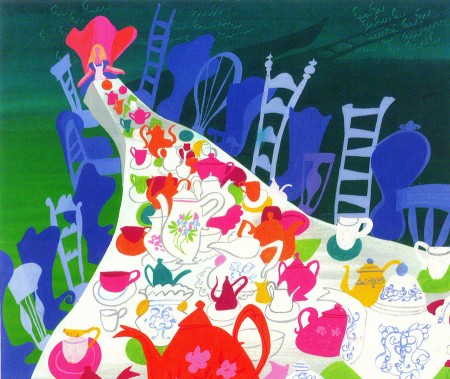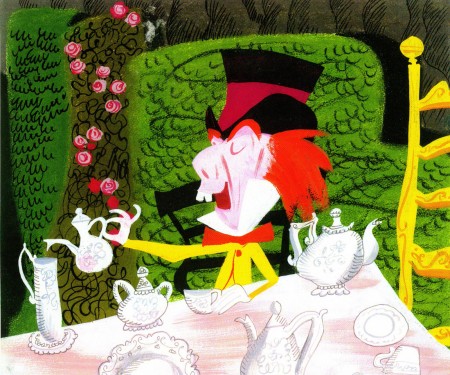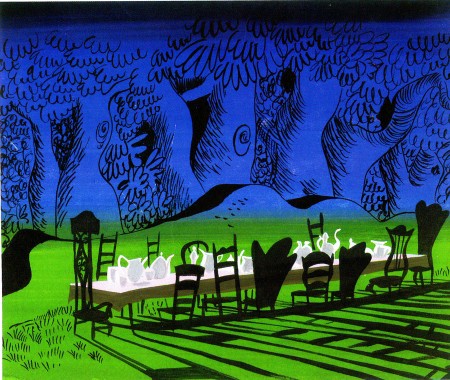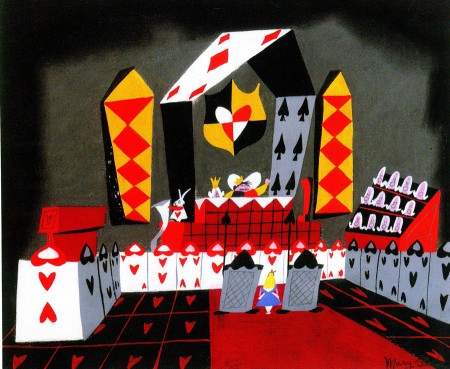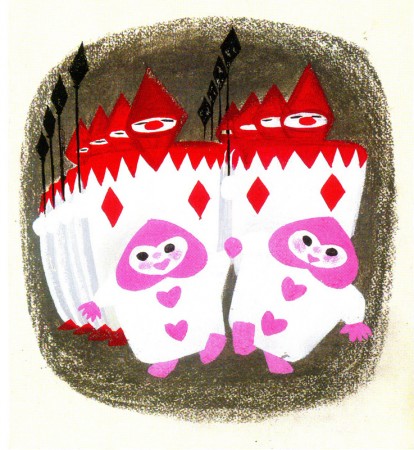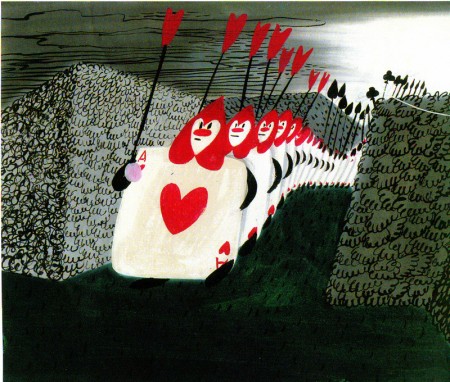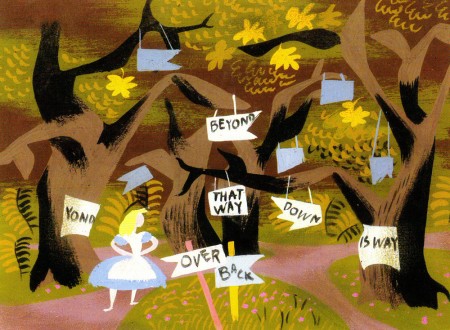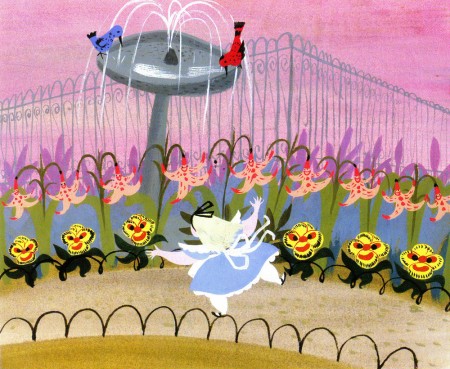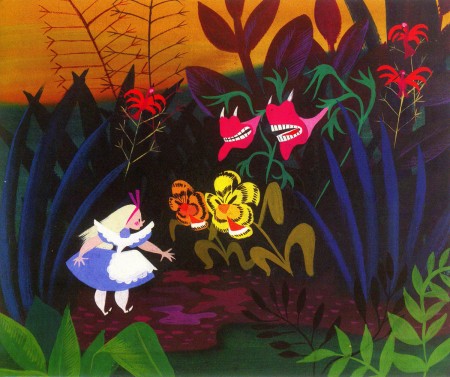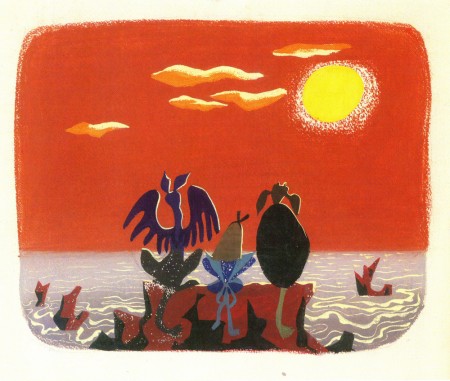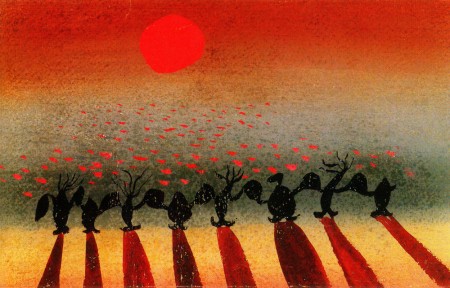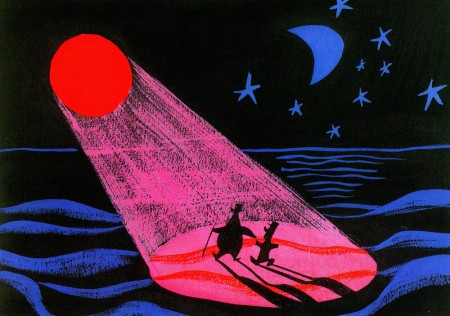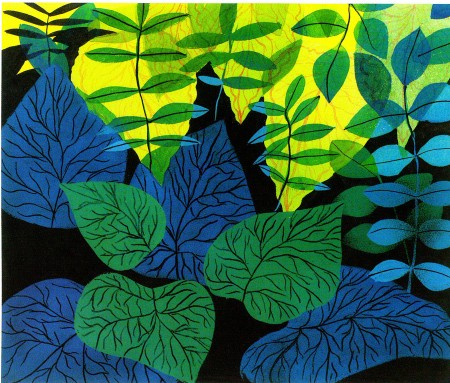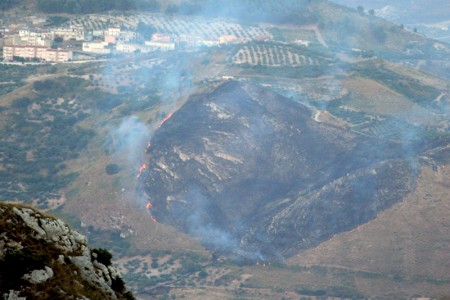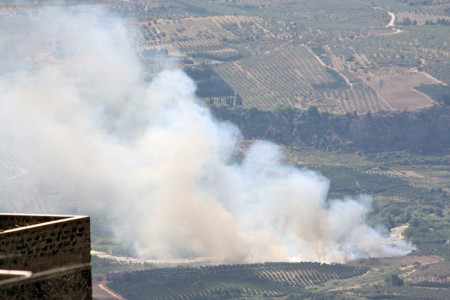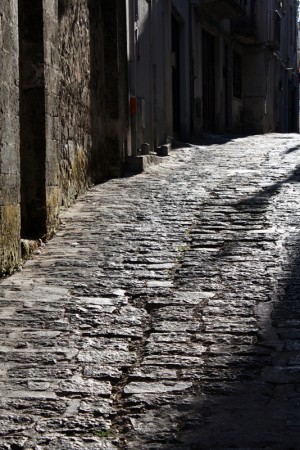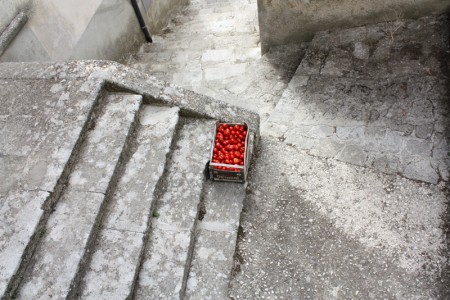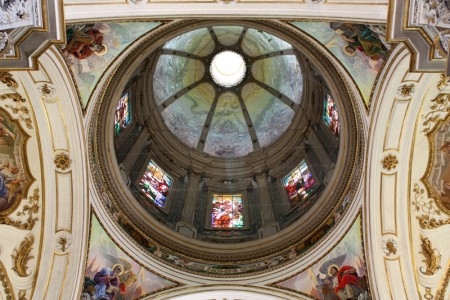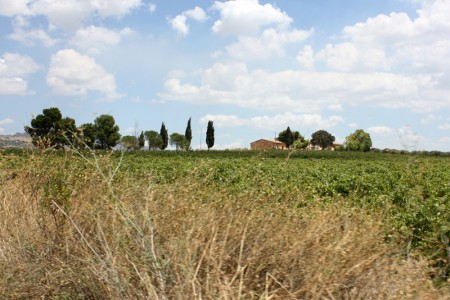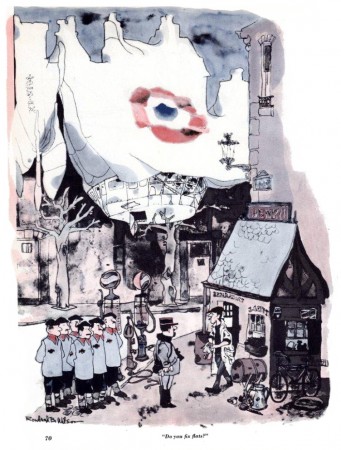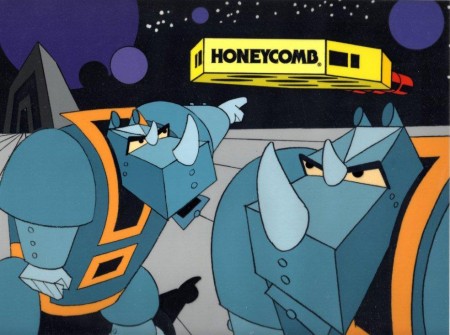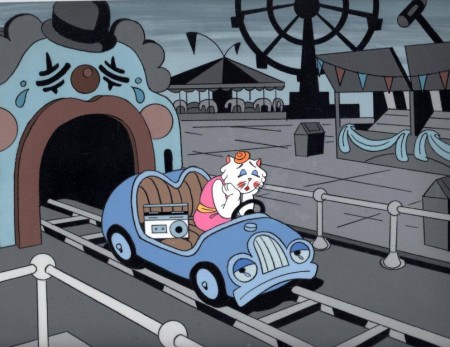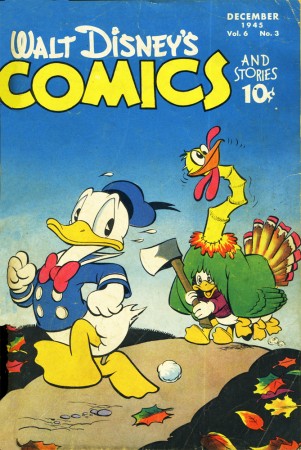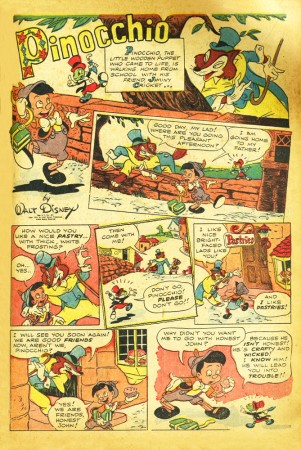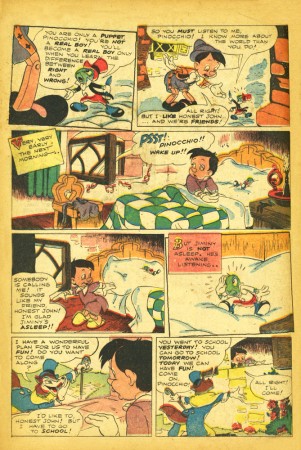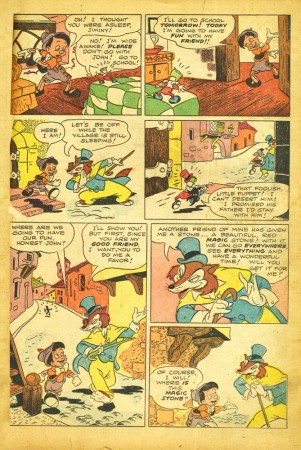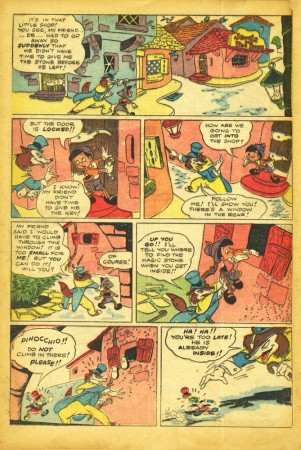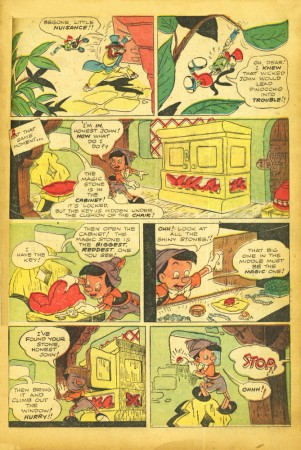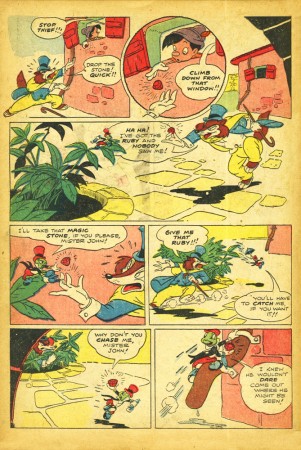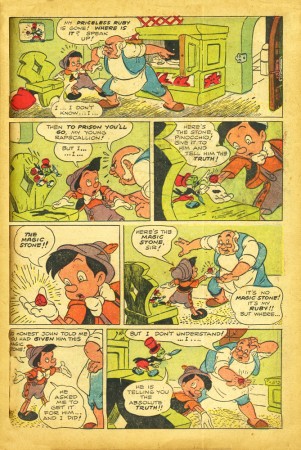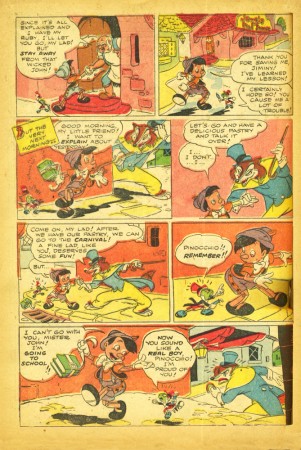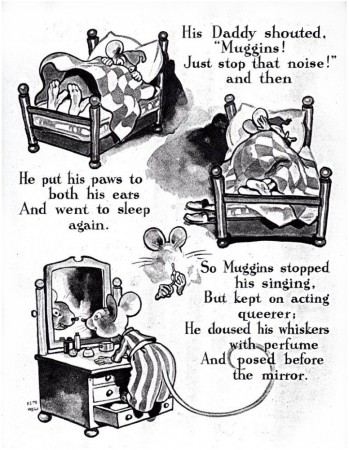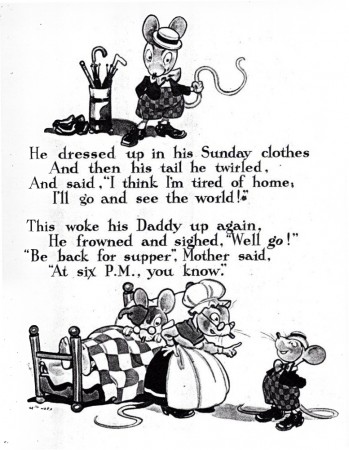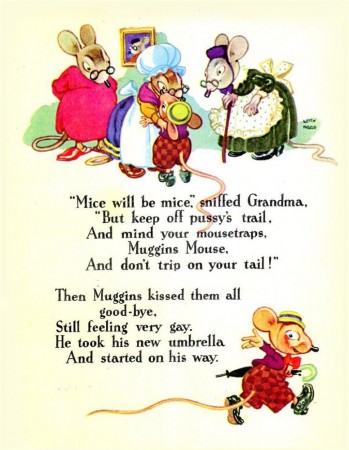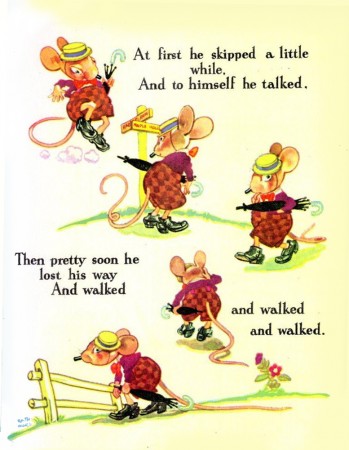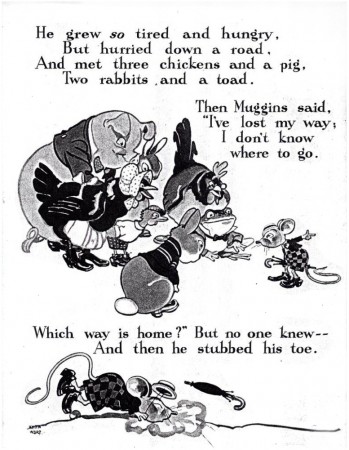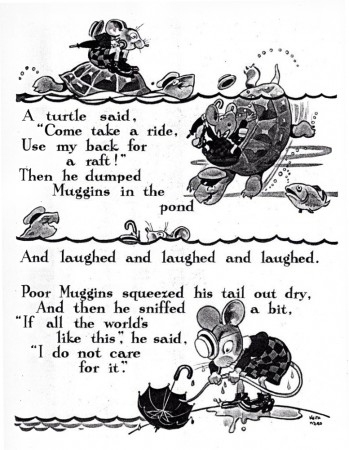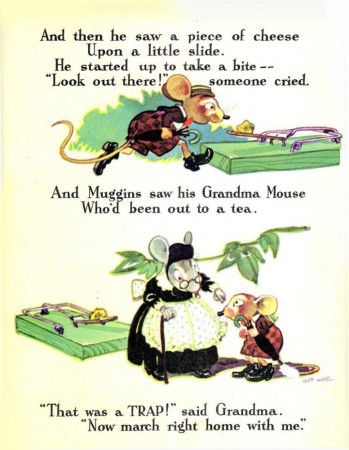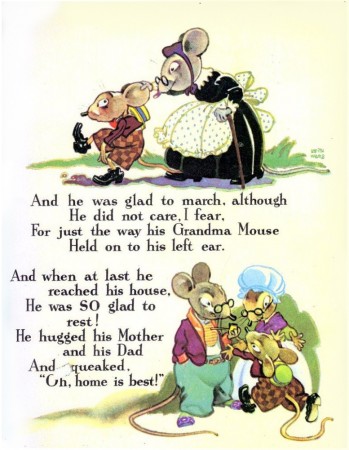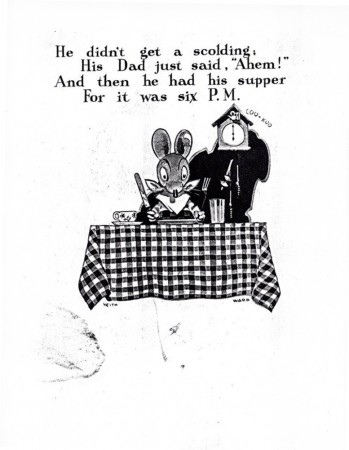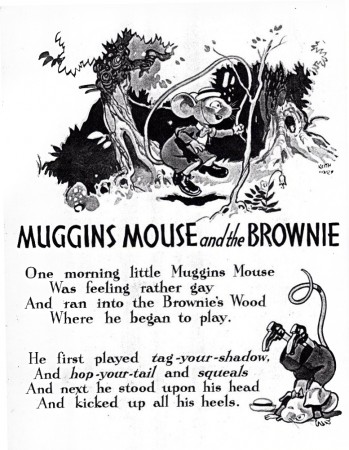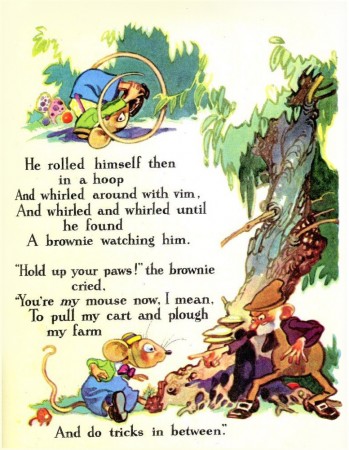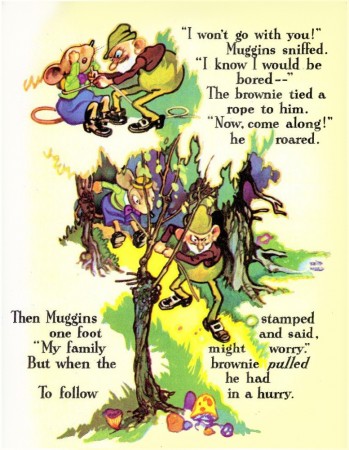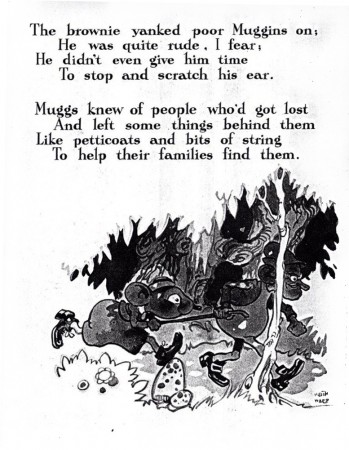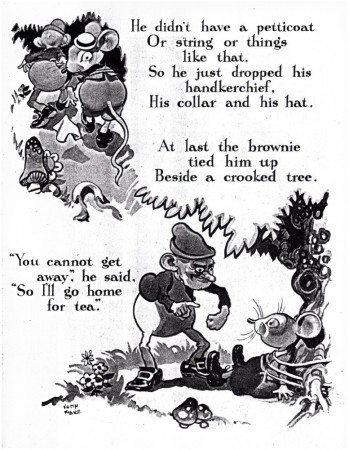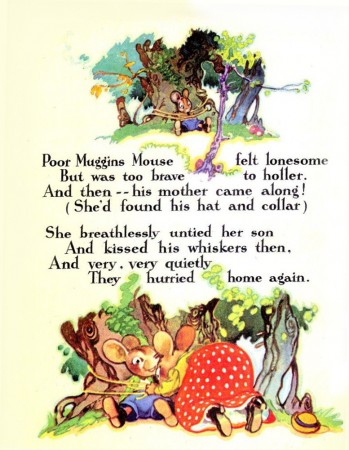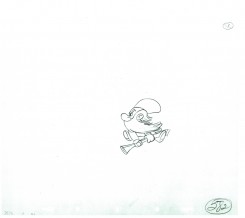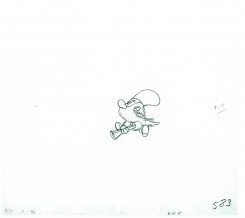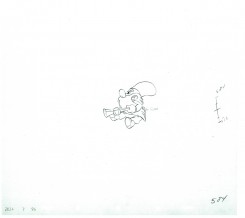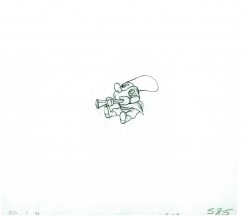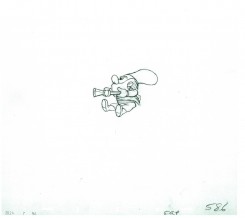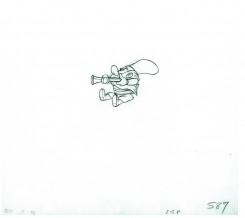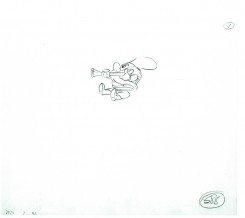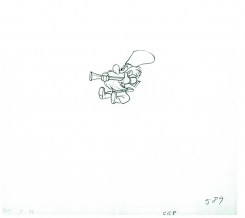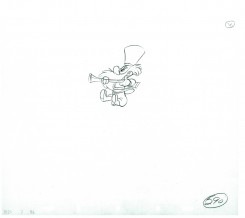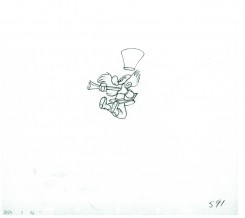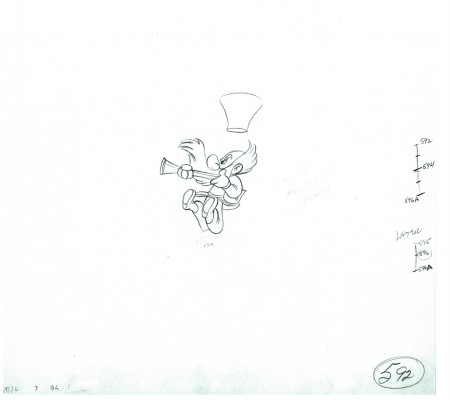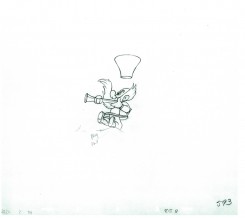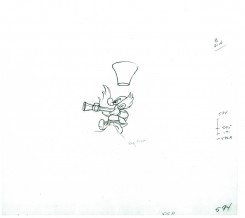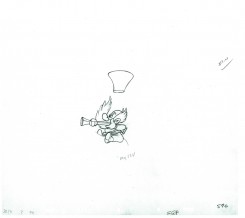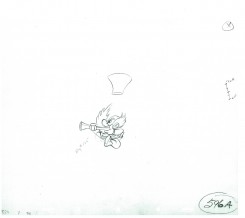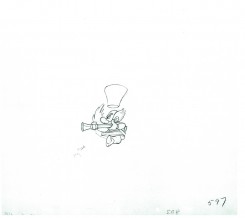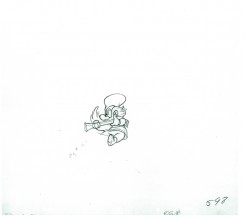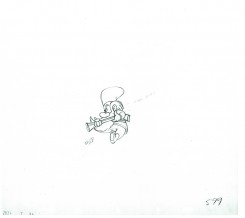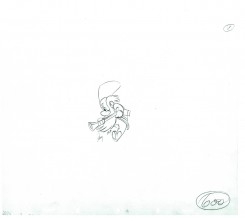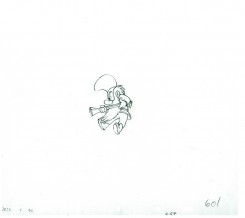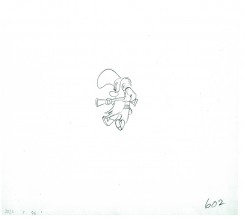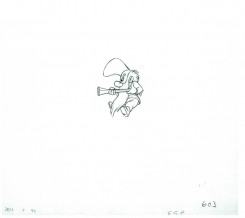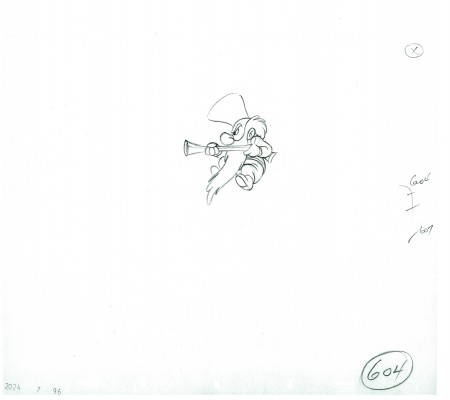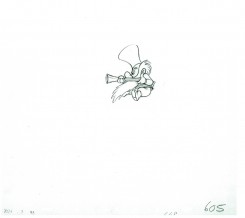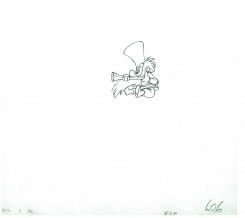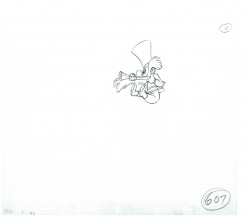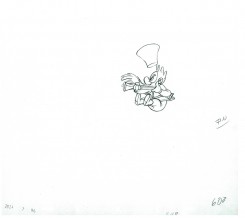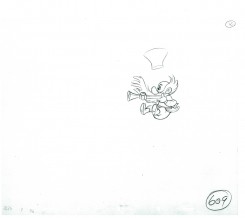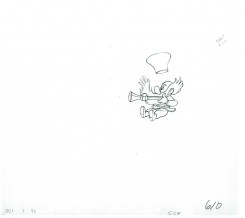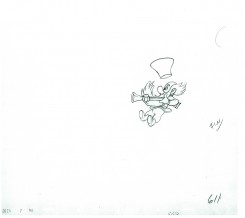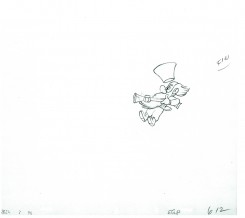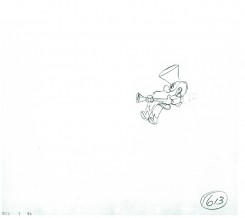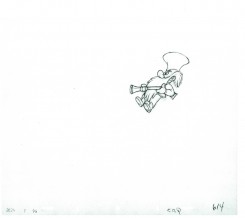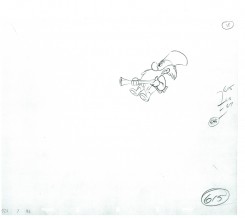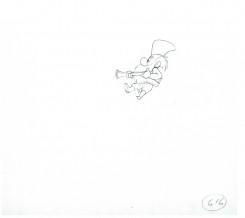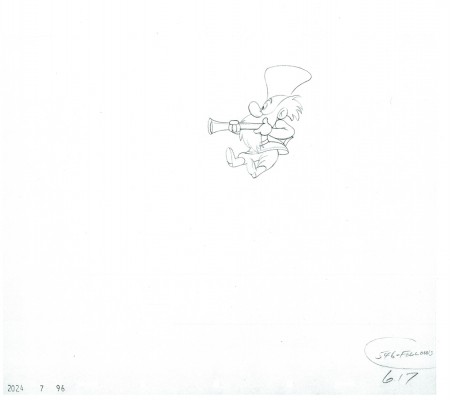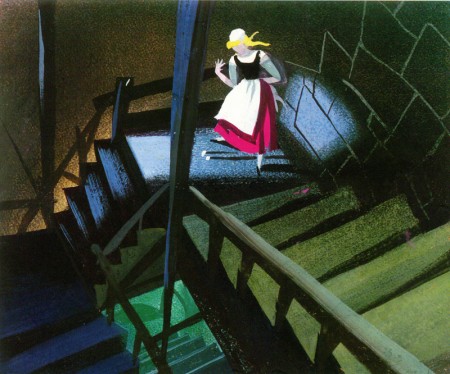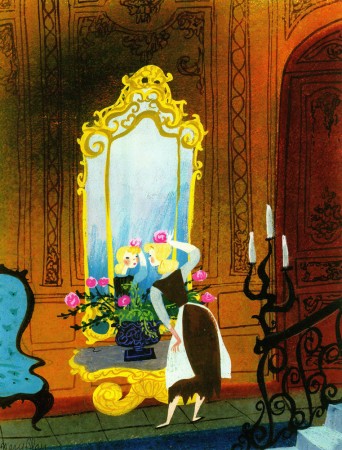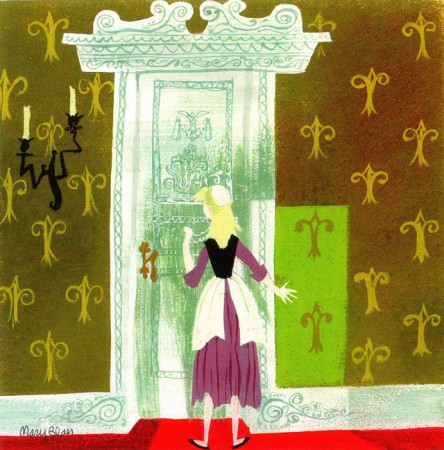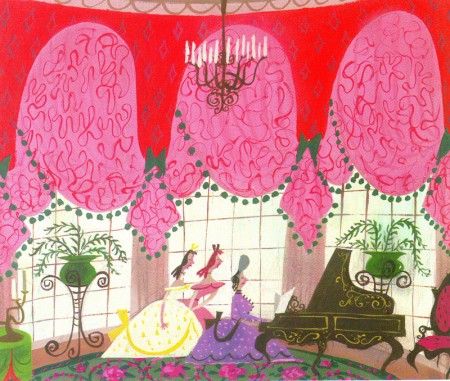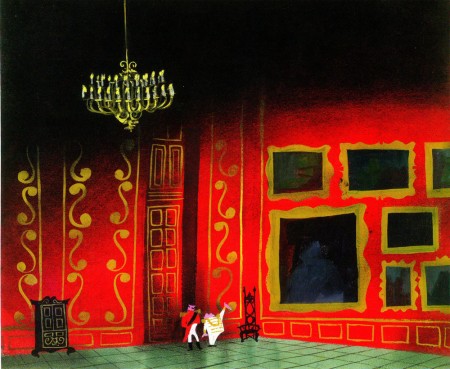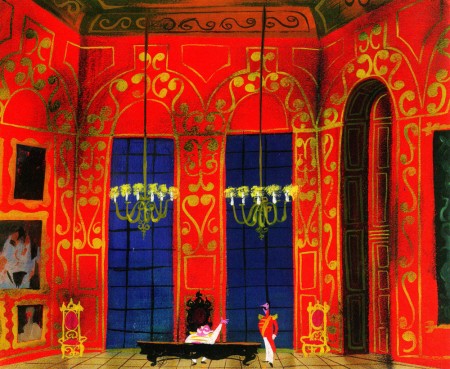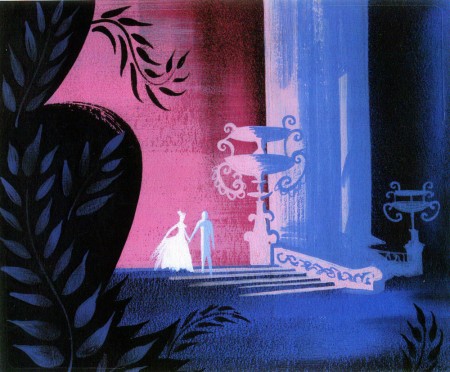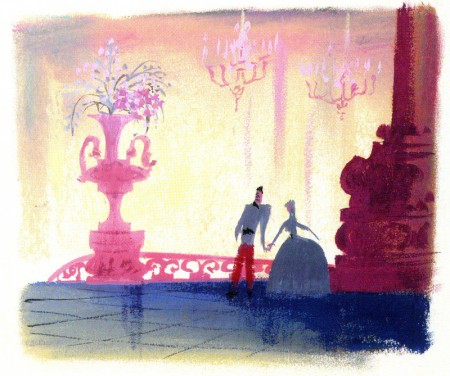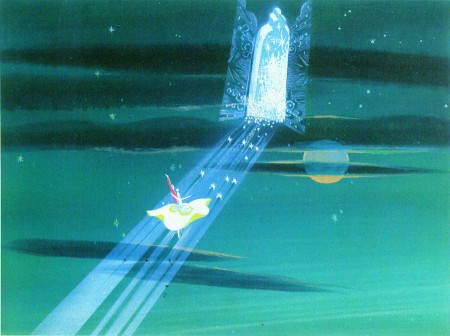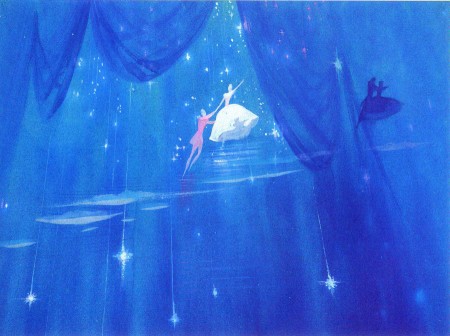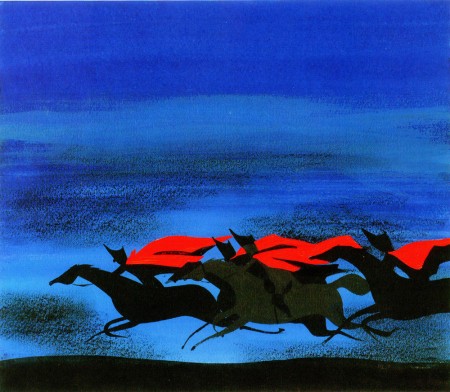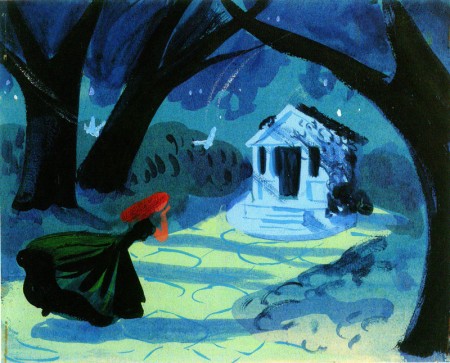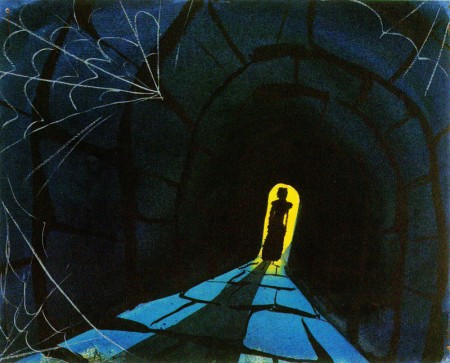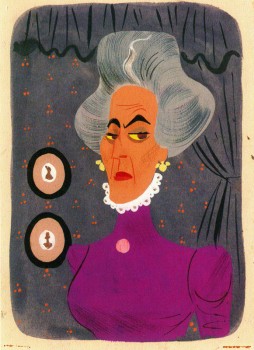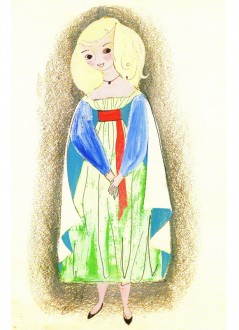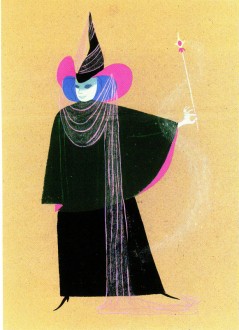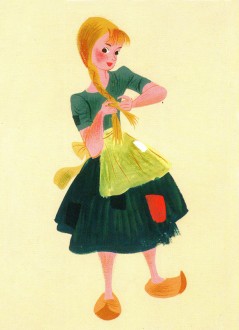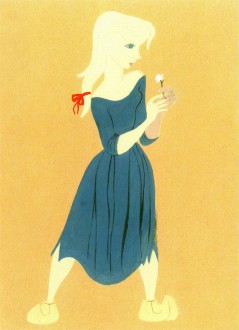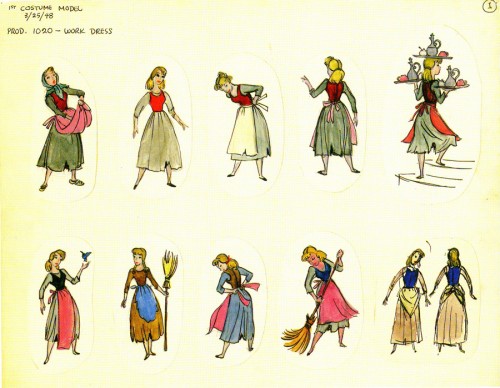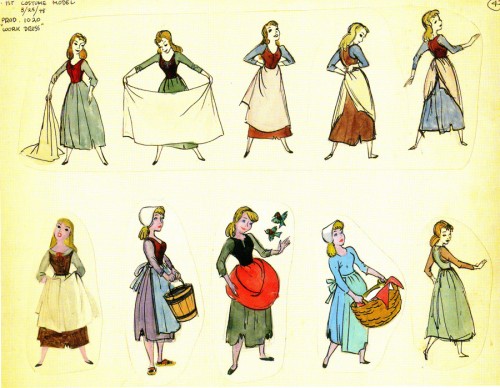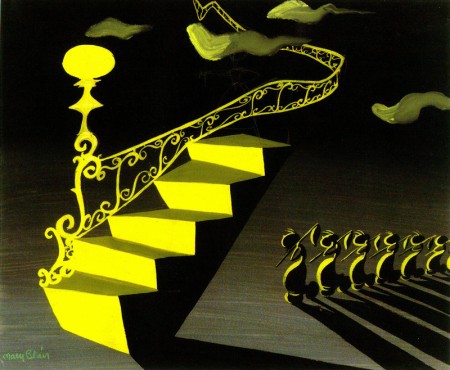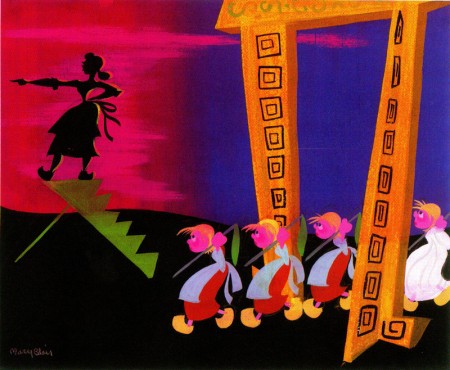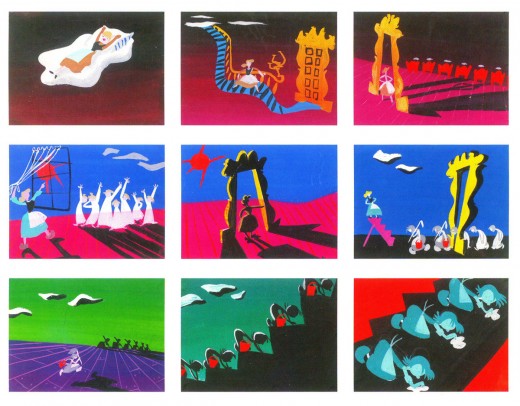Monthly ArchiveAugust 2010
Books &Daily post 11 Aug 2010 07:59 am
Books, Live Chats & Mickey Mouse
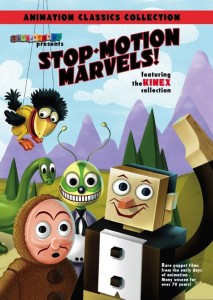 -Ken Priebe writes to report that he and Steve Stanchfield will be interviewed in a live chat at AnimateClay.com this week on Marc Spess‘ Live Stop Motion Chat show.
-Ken Priebe writes to report that he and Steve Stanchfield will be interviewed in a live chat at AnimateClay.com this week on Marc Spess‘ Live Stop Motion Chat show.
The subject will be a new DVD, Stop Motion Marvels, from Thunderbean, Steve’s company.
8pm Central on Wed Aug 11th. (9pm EST, 6pm PST)
You should also note that Ken Priebe‘s new book The Advanced Art of Stop Motion Animation is on the bookshelves. When I get to see a copy I’ll review it. Given the knowledge Ken has of that medium, I’m sure the book is rich and extensive. It has to be a good companion piece to his earlier book The Art of Stop Motion Animation.
I urge you to take a look at both of them if you have any interests in the medium.
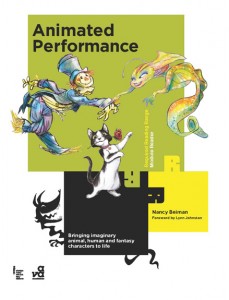 Nancy Bieman also has a new book ready to go to market. It will be available on September 15th. Once I get a copy, I’ll post a review.
Nancy Bieman also has a new book ready to go to market. It will be available on September 15th. Once I get a copy, I’ll post a review.
Animated Performance Bringing Imaginary Animal, Human and Fantasy Characters to Life concentrates on how weight and design affect the overall movement of the characters you’re animating.
Nancy, as you all know, is a top-notch animator who’s worked everywhere from Disney to Sheridan College, where she’s currently a Professor of Advanced Animation.
It’s available from AVA Academia
AVA Academia books are distributed by
Ingram Publisher Services Inc.
One Ingram Boulevard
La Vergne, TN37086
USA
(866) 400 5351
customer.service@ingrampublisherservices.com
The Rauch Brothers, Tim & Mike, have something to crow about today. Not only have their animated shorts done with Storycorps been picked up by POV on PBS, but they made it into the NYTimes today.
They did this all without stooping to the level of Cartoon Network’s loud, crassness. Their films are cut from life.
.
Bas Waijers, an excellent and original designer who works in and out of animation, sent me his latest., It’s the new map for the largest marine mammal park in Europe. The Dolfinarium in Holland. It’s the equivalent of Sea World. Check out Bas’ site for other views from the Dolfinarium.
Hans Perk on his blog A Film LA has posted the original script, as drawn by Ub Iwerks, for Plane Crazy, the first Mickey Mouse cartoon. This gives me the opportunity of posting an original drawing I own from this film. Below is the nearest storyboard drawing to the scene of my drawing followed by the animation drawing, itself.
Hans also points to Mark Sonntag ‘s posting of the drawings two years ago as well as another posting at Neatstuff, a collectibles site.
Look for Hans to post the drafts for The Rescuers soon.
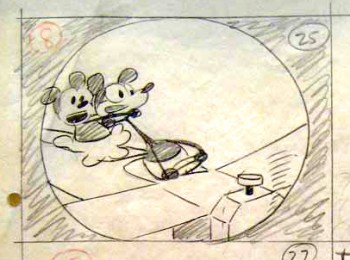
(Click any image to enlarge.)
________________
Bill Peckmann &Books &Illustration &Rowland B. Wilson 10 Aug 2010 08:14 am
Muggins Mouse – 3
- Muggins Mouse is a book, illustrated by Keith Ward. The copy I’m posting was a Xeroxed copy Rowland Wilson pulled for Bill Peckman. They selected some to copy in color and others, to save money, they made B&W copies. Consequently, we have this mix version of the book. Unfortunately, it’s a rare enough book that we don’t have access to the original. Regardless, there’s plenty to enjoy in Mr. Ward’s great illustrations.
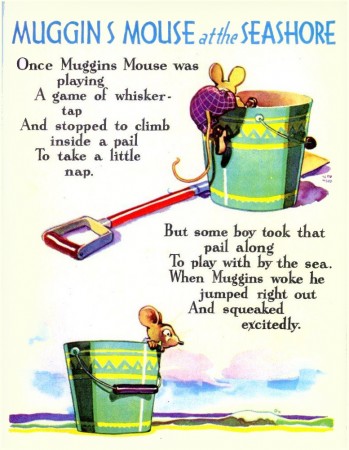 34
34
Books &Illustration &Layout & Design &Mary Blair &Models 09 Aug 2010 06:35 am
Mary Blair – 5
- Alice. More pictures from the Japanese book, The Colors of Mary Blair. There are lots of pictures from this book that I’m not posting; I’d urge you all to buy it.
The three key feature films that were influenced by Mary Blair are Cinderella, Alice In Wonderland and Peter Pan. There’s a wealth of model drawings from each of these three available in various books. John Canemaker‘s brilliant work, The Art and Flair of Mary Blair, pulls all three together into one chapter and handles them beautifully.
Each of the films has a companion storybook that is illustrated with Mary Blair’s models. Peter Pan, Alice In Wonderland, Cinderella.
These Alice drawings are overexposed, but I picked a bunch I like.
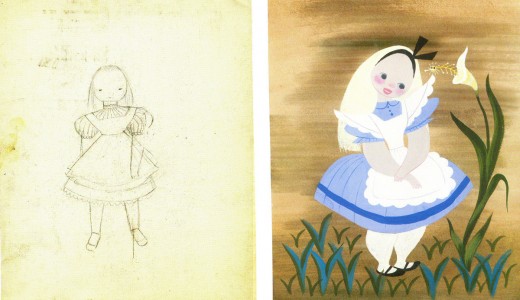
(Click any image to enlarge.)
Photos 08 Aug 2010 07:48 am
Caltabellotta Again – 3
Animation &Bill Peckmann &Commentary &Independent Animation &Layout & Design 07 Aug 2010 08:00 am
Leftover Bits & Pieces
- Here are some bits and pieces left over from the week.
Bill Peckmann sent me some beautiful art this week, and though the pieces have nothing in common, I still thought it’s worth showing the quality of the great art done in the 60s & 70s whether for spot cartoons or animated spots.
These are Bill’s comments from his email:
- “I thought you’d get a kick out of this, here’s RBW’s gag in the Dec. ’61 issue of Esguire and the next will be the same gag as it appeared in 2 colors in his book. You can see how much was lost.”
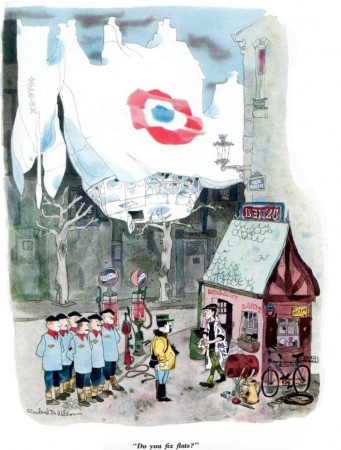
(Click any image to enlarge.)
Then on another post Bill sent me these treasures from Phil Kimmelman & Associates (PK&A).
Again, Bill’s words:
- “Thought you might have an interest in seeing these. They are 3 cel set ups from the days at PK&A in the ’70′s. Two I designed for Honeycomb Cereal, the third a Mexican spot for Eveready Batteries. The BG’s were also done with Cel Paint. Sadly the color reproduction never looked so good as it does now with scanning, remember those 16mm Answer Prints of yore, made for TV viewing, the original colors never came close to what we had in mind.
These set ups were made for “Studio” ads.”
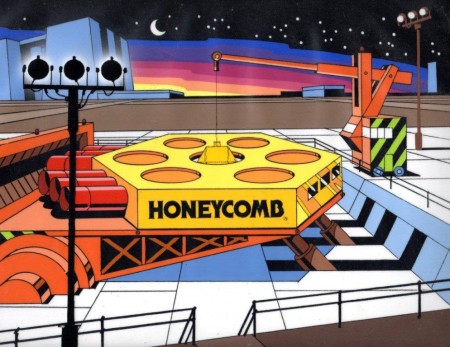 1
1
_________________
Greg Kelly and I have been exchanging emails for quite some time now. He’s done many short films and sends them for comment. His latest film is now posted on Vimeo, and I thought I’d like to commend you to take a look. He’s working hard at his animation, and I can only encourage him wholeheartedly. It isn’t easy to make a film, and he keeps doing it.
He wrote of this piece:
- “It is frame-by-frame, hand drawn in Flash and on twos with a lot of hand adjustments. It isn’t typical for what I do though it is another cartoon in an 8 year long series of shorts featuring one or both of these characters.”
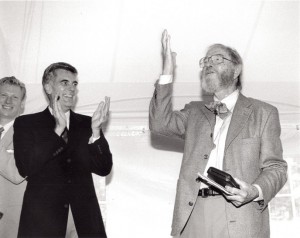
- John Canemaker has another post up at the Print Magazine site. This month it’s a good piece about Chuck Jones at the MacDowell Colony. It tells of Jones winning the MacDowell Medal in 1997.
Canemaker, who led the advisory panel in selecting Jones, prints his introductory speech to Jones and includes links to several WB shorts by the Master. It’s worth checking out if you have any allegiance to Jones’ work.
I’m sure anyone who is interested has already read this, but Michael Barrier has his review of Toy Story 3 up at his site. Since I’m in total agreement with what he has to say, I can only direct you to the link.
Books &Comic Art &Disney 06 Aug 2010 08:00 am
WD Comic w/Pinocchio
- The 1945 December issue of Walt Disney Comics included an ad for the Christmas release of Pinocchio. One has to assume this was the first reissue of the movie. The ad appeared in the inner page of the front cover.
To tie in with this ad and the reissue, there’s a comic story included in this issue of the comic book. Here’s the ad and the story from that magazine.
This material comes from Bill Peckmann‘s great collection. The entire year’s worth of comics are bound. It took a while to scan and clean up a bit because of the tight binding and the thickness of the collected volume.
Many thanks to Bill for the loan.
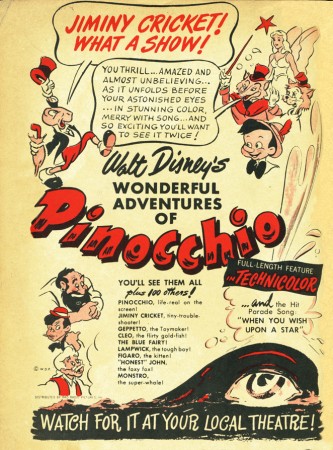
(Click any image to enlarge.)
Bill Peckmann &Books &Illustration &Rowland B. Wilson 05 Aug 2010 07:13 am
Muggins Mouse – 2
- Years ago, Rowland B. Wilson sent Bill Peckmann a lot of xeroxes of this book, illustrated by Keith Ward. Muggins Mouse is not an easy book to locate, and it’s a beauty. So let’s just take a look at part 2 of the book (which is all of about 60 pages.)
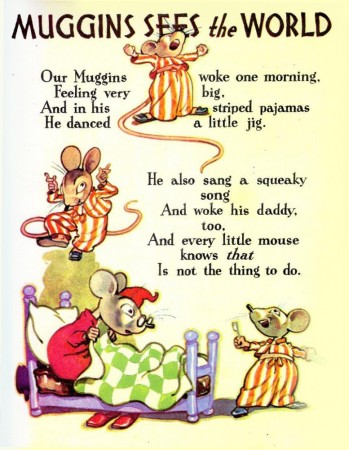 18
18
Animation &Animation Artifacts &Disney 04 Aug 2010 06:21 am
P&W-Kimball Scene – 8
- Production #2024, MAKE MINE MUSIC, “Peter and the Wolf”. Sequence 7, Scene 96. Animator: Ward Kimball.
Completing the post of the little guy on the separate level, here are the final drawings of the scene. There are other levels of snow animation and footprint animation, but I won’t post those. This scene was large enough.
As usual, we start with the last drawing from last week’s post.
Enjoy.
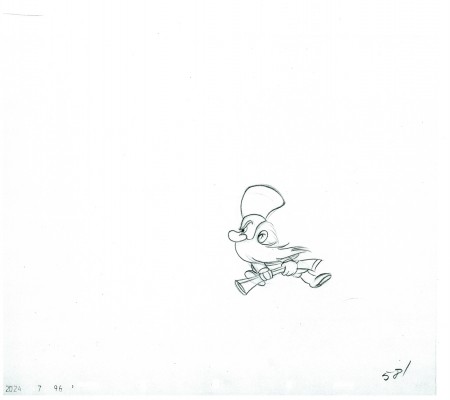 581
581
The following QT movie represents all the drawings of the bottom level
as well as the drawings of the Little Guy, on another level,
who comes in and out where he should.
I exposed all drawings on ones.
Right side to watch single frame.
To see the past five parts of the scene go to:
Part 1, Part 2, Part 3, Part 4, Part 5, Part 6, and Part 7.
My thoughts on this scene – just my opinion
I’m pretty disappointed in what I’ve seen here. The work has the obvious flair and panache of a typical Ward Kimball scene. The movement is funny and creative. Kimball did his work. The assistants were out to lunch.
The drawing in the scene is not the top notch material I’d expect of a Disney team. Seeing it drawing by drawing I get to see what I don’t like from a lot of the work in this period. The drawing just changes and doesn’t live up to the originals. Just looking at the fingers you get to see them turn into, what we in NY call, “Banana fingers” – they flatten out. This is part and parcel of the work at Terrytoons or Paramount, but we’re talking Disney here. You wouldn’t catch that in Sleeping Beauty or Bambi or Dumbo or Snow White or 101 Dalmatians. But it’s there in these compilation features.
Now going through the many drawings I’ve posted by Bill Tytla, I notice a distinct tie to Terrytoons. In the dwarves and especially in Stromboli a soft roundness comes into his drawings (and the assistant keeps it) at times. It’s probably the influence of Connie Rasinski while Tytla was there. It isn’t a bad thing, it’s certainly part of the style Tytla brought to his work. He took something good from Terry (the bottom) and brought it to Disney (the top), and he made it work into something glorious. If anyone was an artist in animation, it was Bill Tytla. But that isn’t what I’m talking about with the work in this Kimball scene.
All right the schedule was probably ridiculously tight – it was – and the budget was probably underbudgeted – it was. But I remember Jack Schnerk (who assisted at Disney) telling me about the last six months of work on Bambi when work went into overdrive. Everyone was forced to work seven days a week and most slept on their desks to get it done. The work was so heavy he quit after the film was finished. But then that was pre-IATSE and the compilation features were not. That was also when Walt was intimately involved in the films and he was not so involved in the compilation films.
Something different: for some reason WordPress will not let me save the word “‘O’nion” (replace a “U” for the “O” and you’ll have the word I mean.) If I try to save a piece with that word in it, it erases the material. I’ve used IATSE in its place for this piece. This has gone on for the last year. Anyone with a suggestion?
Books &Commentary &Disney &Story & Storyboards 02 Aug 2010 10:08 pm
Joe and Joe
- Today is the day that John Canemaker‘s book, Two Guys Named Joe: Master Animation Storytellers Joe Grant and Joe Ranft officially hits the stores. I urge you to take a look and go for it. The book is great.
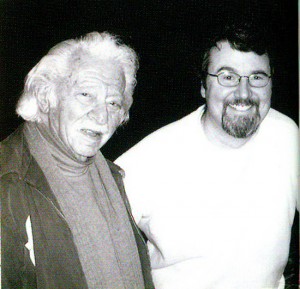 - It was about nine months ago that John Canemaker let me read the galleys of his new book, Two Guys Named Joe: Master Animation Storytellers Joe Grant and Joe Ranft. I’d been aware of the book for a couple of years now, and whenever I’d heard John talk about it I wondered how the two guys fit in together to make a book. When I was handed the galleys, I moved slowly ahead with some trepidition.
- It was about nine months ago that John Canemaker let me read the galleys of his new book, Two Guys Named Joe: Master Animation Storytellers Joe Grant and Joe Ranft. I’d been aware of the book for a couple of years now, and whenever I’d heard John talk about it I wondered how the two guys fit in together to make a book. When I was handed the galleys, I moved slowly ahead with some trepidition.
I basically knew who the two Joes were from my reading and my NY attempts to keep up with the Hollywood system. Joe Grant was an old timer who’d dominated the Disney modelling department (the only time there was a department exclusively for model sheets), and he’d come back to act as one of the wizened artists helping to shape the new “Renaissance” in the animation community. Joe Ranft was one of the key CalArts guys who’d gone through the Disney system on his way to Pixar where he helped to shape that studio. There’s no doubt he was key to Toy Story, A Bugs Life and Monsters Inc.
What connection would John Canemaker have for tying these two together? Would that connection be enough to fill a book?
Of course, all such conjecture was stupid on my part. The book, as it turned out, is one of John Canemaker‘s finest, and that’s saying a lot. John, after all, is one of the best of our animation historians. His material is well researched, his facts are accurate, and his information is always pertinent and absorbing. He is also a good writer. He tells a story and reveals his information as any good writer would. There’s a solid construction to all of his books, and he lets you into the book in a comfortably relaxed way so that you’re absorbing the story and facts all together, and you are pulled into the book. This is the greatness of Two Guys Named Joe.
As for the connection, John explains that well. Not only, of course, within the book, but he had this succinct statement to make in an interview with Amid Amidi: “I saw the possibility of an overview of the history of storytelling at Disney and Pixar through a very human story of two artists straddling the 20th and 21st centuries.” And that’s exactly what John uses the book to do. He wants to really upchuck the earth of the story departments of both Pixar and Disney, and he does a good job of it.
I’ve now read the book twice. Once in galley form, once in final book form. The book is a rich-looking item full of the finest artwork from storyboards, printed material and developmental art. It’s a gorgeous book.
However, the real gold is in some of the writing and treasured bits that John has dug up to support his material. Here, for example is a small piece about Alice In Wonderland’s story development:
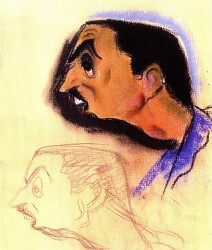 A March 15, 1939, story conference transcript reveals Walt’s frustration with the project:
A March 15, 1939, story conference transcript reveals Walt’s frustration with the project:WALT: (To Joe) Have you been through A//ce in Wonderland lately?
JOE: No. I’ve been through the script though. I think there are some pretty good situations in this.
WALT: Yes, and some, too, that are not so good.
JOE: I like the stuff on the disappearing cat—swell possibilities in that.
WALT: Yes. Let’s see. What are the good situations?
JOE: The tea party stuff is good.
WALT: Yes, the tea party is to me the best. . . You
know, I think we’re missing a hell of a lot in the stuff that is our medium. . . everything isn’t dialogue. Talk, dialogue business that depends on dialogue, hinges on dialogue.
Disney then tore into an unfortunate writer named Dana Coty.
WALT: I’m saying that to you because I think maybe
you’re the one that’s responsible for a lot of silly business that has no basis on anything funny.
DANA: Well, in the duchess’s house, I wrote that very loosely to begin with, Walt.
WALT: I don’t give a damn how you wrote it. It’s what we’re driving at. If it hasn’t got a basis for something funny, don’t write it! There’s no use writing the thing and then alibi-ing for it afterwards. It just throws us off the, track. Don’t just write anything to fill up some pages. We had the same criticism, the last time we were together.
John uses this anecdote to not only say something about Disney, himself, but the way he communicated with Grant and the hostility he might display for others. He did not mince words or waste time where he thought it was wasted. They were trying to solve the problms they saw in Alice In Wonderland, but we learn that Grant, Huemer and others felt that Disney was the problem. They felt he didn’t quite understand the Victorian humor of the original and tried to gag it all up. It’s just one wonderful excerpt dug deep in the book.
Another gem of a sequence involves Joe Ranft. It’s the point just when the Pixar artists are trying to sell Toy Story to the Execs at Disney. They’re doing everything in their power to make the film story good while placating the Disney people, and they’re having a hard time of it.
- Disney insisted the production move to Los Angeles so the studio could oversee things. “And give us more notes,” Ranft lamented.
Lasseter, whose “heart was broken,” begged for a two-week reprieve to turn things around. After obtaining Disney’s skeptical permission, Lasseter, Ranft, Docter, and Stanton resolved to “make the movie we want to make!”
. . .
The process included writing, gathering more material, constant meetings, weeding out, refocusing, and . . . more meetings. “Two or five heads are better than one,” Ranft believed. “If you can work together without killing each other, you an accomplish a lot.”
Going forward, Pixar gladly accepted notes from Disney and welcomed participating in brainstorming sessions with their artists. “But,” Ranft said, “we’d go away and really think about [the notes]. A lot of times we’d go, ‘No. Here’s the real problem!’ And it was even deeper than the notes. ‘And here’s how we’re going to fix it.’”
Regarding the creative process, Ranft once said, “It’s a challenge. The final product is the goal you’re searching for. [Your little sequence is] gonna get smashed, trashed. It’s gonna come apart for the good of the final film . . . it’s a paradox. You’ve got to put yourself into it, and then you’ve got to take yourself out of it. Be objective and not be hurt.”
And that’s the point of the two guys. They understood the value of the story and the center of the films they worked on and over. Nothing mattered, including personal insult, as long as the story came out right. They were film artists and knew how to get what they needed to complete their goals.
My personal preference is to want to know more about the old timer and to learn more about the golden age. However, it’s totally my bias, and the proof of this book’s success is that I was completely absorbed by all that was written about both men.
This is more than a good book. Anyone in love with animation should own a copy and read it carefully. There’s a lot there, and it’s all good. It’s stunningly designed with beautiful animation art treasures well displayed.
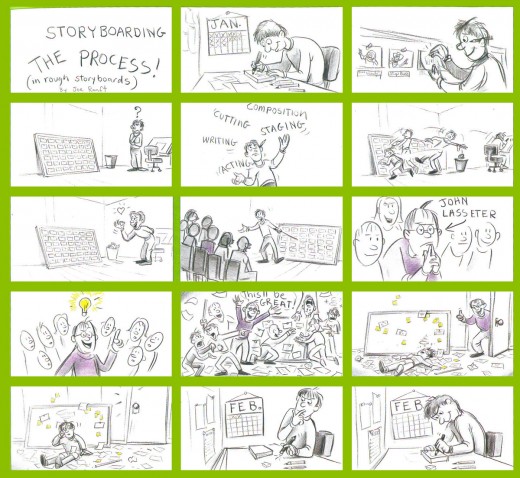
A telling board by Ranft.
________________
Amid Amidi offers an excellent interview with John Canemaker on the subjects of the book at his Cartoon Brew site. I recommend you all read it.
There’s also a video promo you can catch on YouTube if you’re more visually oriented.
Books &Disney &Illustration &Layout & Design &Mary Blair &Models 02 Aug 2010 07:22 am
Mary Blair – 4.
This continues my series of color stills from some of the beautiful work in the exquisite Japanese book on Mary Blair, The Colors of Mary Blair. If you have the resources to buy this book, you should.
- The big three for Mary Blair, as a designer of Disney animation, were Cinderella, Alice in Wonderland and Peter Pan. We’ll spend all of this post on Cinderella. Many of these illustrations made it into John Canemaker‘s invaluable book, The Art and Flair of Mary Blair. Others have made it into a Cinderella storybook with text by Cynthia Ryant. Still others appear only in this Japanese edition.
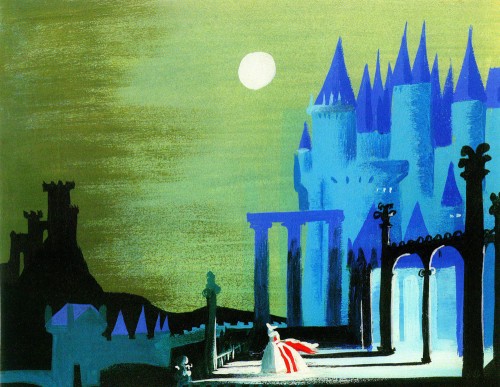 1
1
